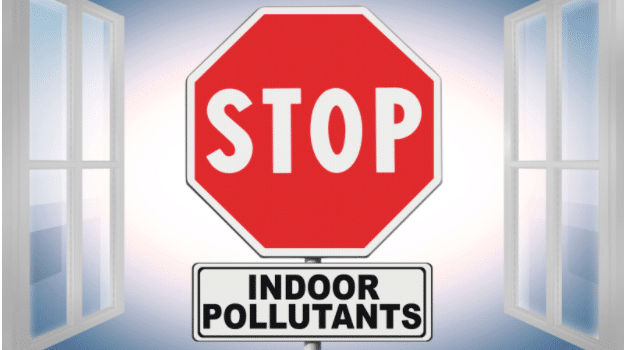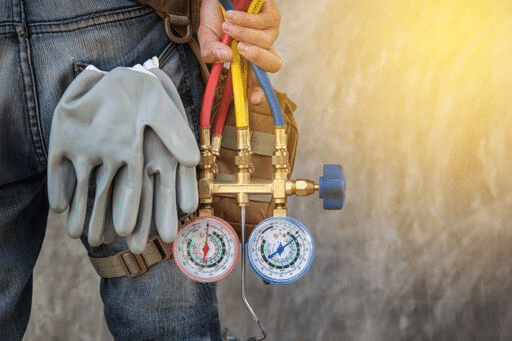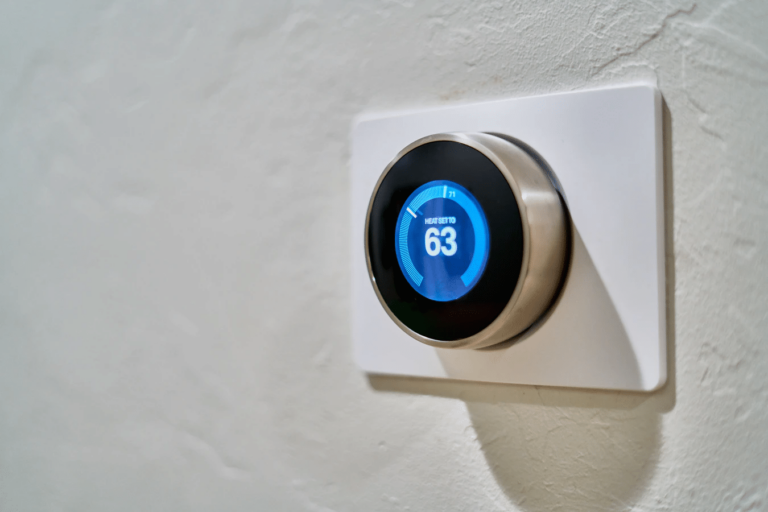What are the Most Harmful Types of Indoor Air Pollutants?
It’s essential to be aware of the most harmful indoor air pollutants and take steps to reduce them. Did you know that the air inside your home can be up to five times more polluted than the air outside? Yikes! In this blog post, we will discuss five of the most common types of indoor air pollutants and how you can reduce them.
Formaldehyde
One of the most harmful indoor air pollutants is formaldehyde. This gas is emitted from various sources, including pressed wood products, adhesives, insulation, and carpeting. Formaldehyde can cause eye irritation, respiratory problems, and skin rashes. To reduce your exposure to formaldehyde, you should ensure a proper home ventilation and replace pressed wood products with other materials.
Volatile Organic Compounds (VOCs)
Another type of indoor air pollutant is volatile organic compounds (VOCs), which are emitted from paints, pesticides, cleaning supplies, adhesives, permanent markers, and more. VOCs can cause eye irritation, headaches, nausea, and other health problems. To reduce VOC exposure in your home or office building, use low-VOC products whenever possible and ventilate rooms when using these types of products.
Radon Gas
This naturally occurring gas is a known carcinogen that comes from the ground and can enter the home through cracks in the foundation, basement walls, or crawl space. Radon gas exposure is a leading cause of lung cancer deaths among non-smokers each year in America. According to data from the Florida Department of Health (FDOH), approximately 1 in 5 homes in Florida has radon levels exceeding the EPA action threshold of 4 picoCuries per liter (pCi/L).To reduce your risk of radon exposure, have your home tested for radon levels and take steps to ventilate any rooms where there are high levels of this gas.
Carbon Monoxide
Carbon monoxide (CO) is a byproduct of burning fuels such as natural gas, kerosene, gasoline, and propane. It’s colorless and odorless, so it can be difficult to detect in your home or office building unless you have an alarm system installed that detects this gas. CO exposure can cause flu-like symptoms, chest pain, and even death. To reduce your risk of carbon monoxide poisoning, make sure you have a working CO alarm installed in your home and never use portable generators or charcoal grills indoors.
Particulate Matter (PM)
Last on our list of common indoor air pollutants is particulate matter (PM). These tiny particles can come from various sources, including tobacco smoke, cooking fumes, fires, and construction or demolition activities. PM can cause eye irritation, respiratory problems, and heart disease. To reduce your exposure to PM, make sure you have good ventilation in your home and avoid smoking indoors.
By following these simple tips, you can reduce your exposure to some of the most harmful indoor air pollutants. It’s important to have your HVAC system checked regularly. This will extend your unit’s lifespan and ensure you have the proper unit for your space.
Air Rescue offers a worry-free VIP Protection Plan to address any maintenance needs. Whether you have one unit or many units at your business, this plan will ensure that all equipment is well-maintained by our expert technicians, who know how to get the job done right! Contact us online or call us at 813- 612-5600!








